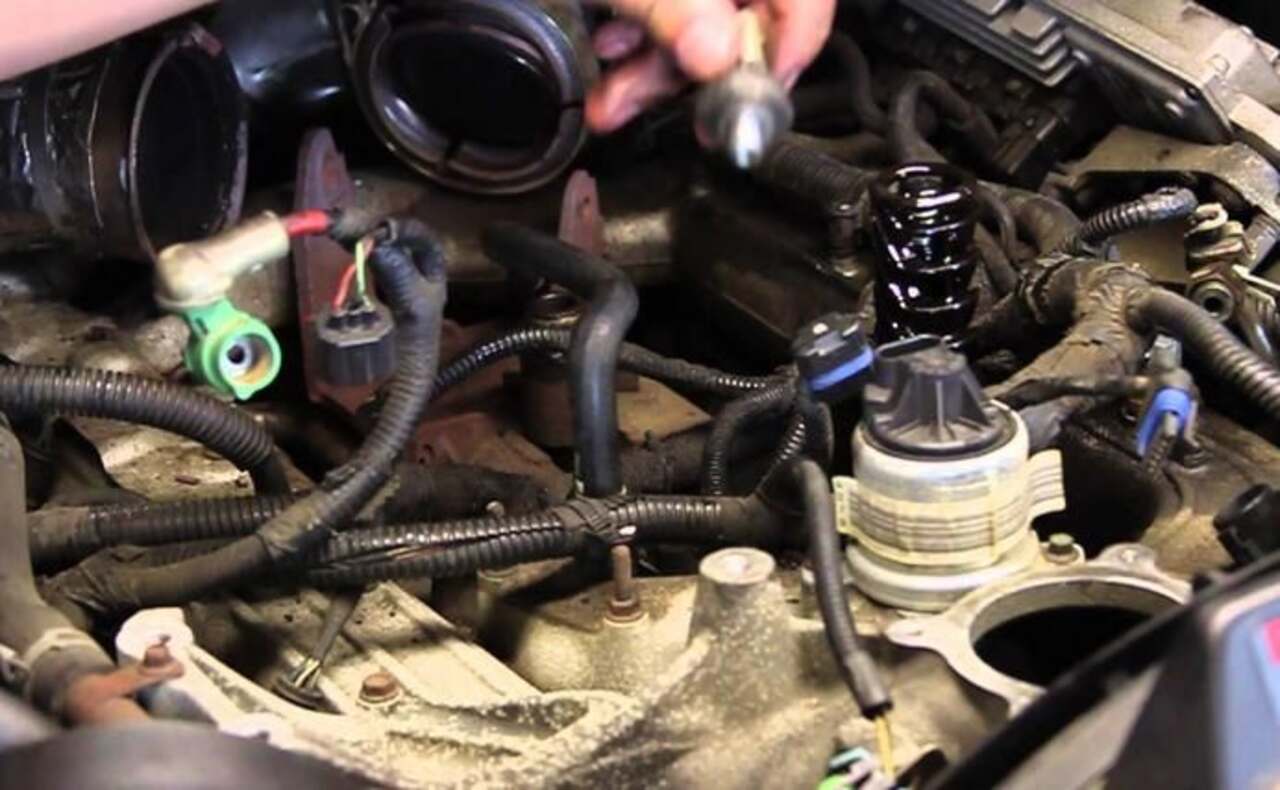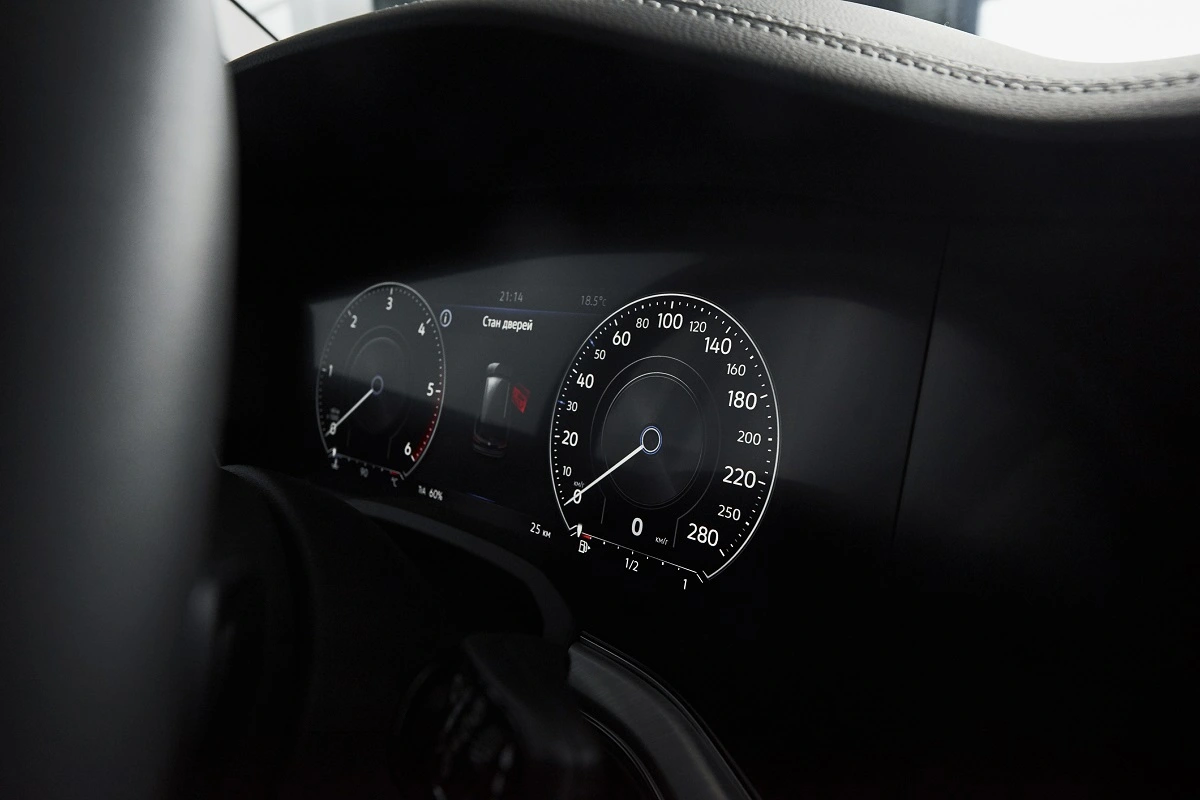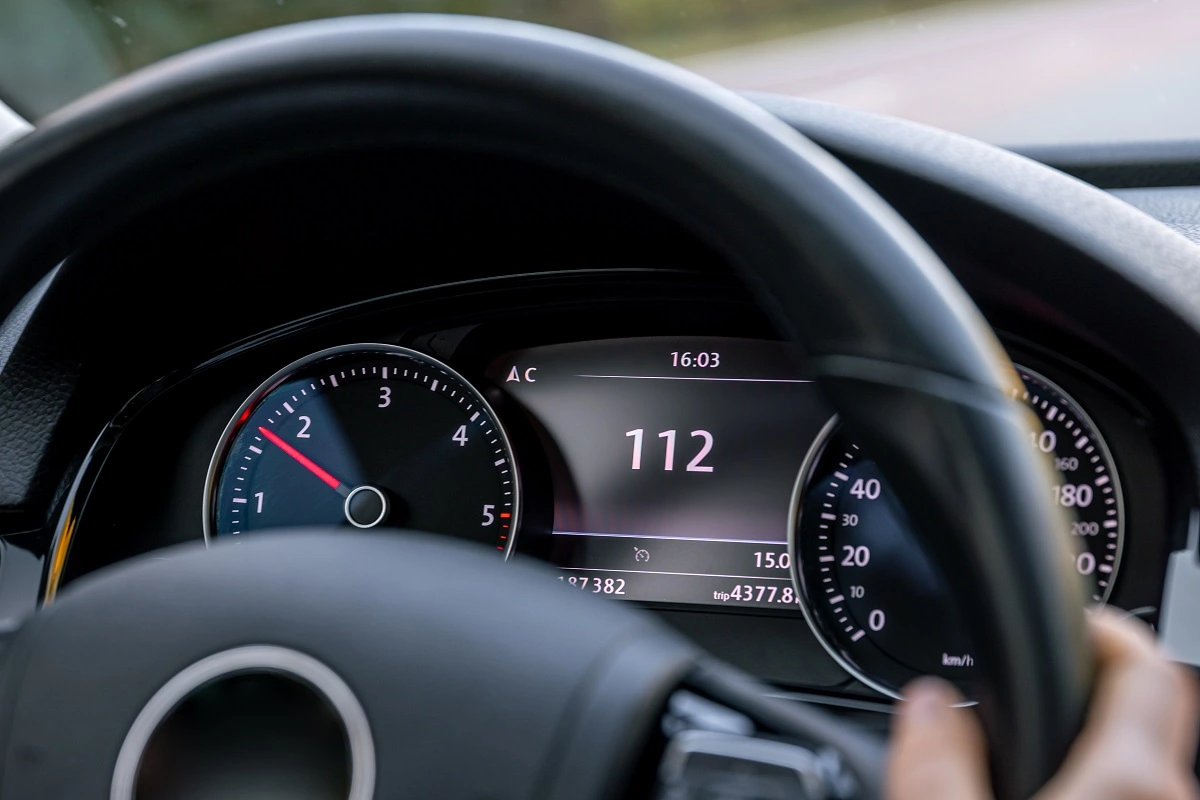Do you have any queries related to your car’s oil pressure sensor? If your automobile’s oil sensor is not functioning properly or you want to know how it works or anything else, you will find all the answers here. The engine cannot function without oil, which acts as a lubricant and helps to decrease friction. The computer in your automobile uses the oil pressure sensor to determine the amount of oil being pushed through the engine since it can’t be seen. A simple electrical switch transmits information from it to the oil pressure regulator in the cluster of instruments. Let’s find out everything that you need to know about it.
Oil Pressure Sensor Location
The location of your vehicle’s oil pressure sensor might vary by model, make, and engine. A common location for this is in the engine block, just below the cylinder heads. It may also be attached to the engine’s cylinder head. It will be modified by attaching a block connection and a single or double wire strand. If you want to increase your car’s engine efficiency, then you need to learn about the camshaft position sensor.
How Does The Oil Pressure Sensor Works?
One of its key jobs of it is to provide oil pressure readings to the vehicle’s combination meter or instrument panel. An automobile is designed to alert the electronic control unit of potential issues. The control panel for the cluster of gauges will light up, and the oil in the engine will begin to heat up.
Normal sensors will alarm if the oil pressure drops below a certain threshold. It consists of a diaphragm and a spring-loaded switch. The oil-sensitive diaphragm is connected to the switch via a spring.
The pressure switch is mounted on the engine block and linked to the oil gallery. When oil pressure builds up on the diaphragm, it eventually overcomes the switch’s spring pressure, pushing the electrical connections apart and turning on the warning light. The switch is closed if the oil pressure drops below a certain threshold set by the diaphragm. When oil pressure reaches 4.3 psi (per square inch), the diaphragm separates the contacts to signal the presence of a problem.
Types Of Oil Pressure Sensors
One needs it to determine the oil pressure in an engine. In this context, “oil pressure sensor” might mean either an oil pressure valve or an oil pressure sender, both of which are distinct kinds of sensors. You can also change your car oil by yourself.
The Oil Pressure Switch
A safe engine has an oil pressure switch installed. It’s a particular model of oil pressure gauge. As the name indicates, the oil pressure switch is a switch-containing mechanical mechanism. The oil pressure switch may have one, two, or three pins. As soon as low oil pressure is detected, most safety oil switches shut. One method is grounding the engine block.
The Oil Pressure Transmitter
An oil pressure transmitter is a specific kind of oil pressure sensor. One such piece of equipment is the oil pressure sender, whose job is to relay information about the engine’s oil pressure to the machine’s central processing unit. It may be used for logging and diagnostics or as a safeguard for the generator by displaying the oil pressure. Apart from an oil pressure valve, it may show more than one value.
Symptoms Of A Faulty Oil Pressure Sensor
If there is a problem with it, it will usually cause the engine oil pressure gauge to light up. The oil pressure gauge could provide a false reading if this happens. Your car may have O2 sensor problems, and you should fix them immediately. These are the top three warning signs of a broken oil pressure switch or sensor.
Constant Blinking of the Oil-Pressure Indicator
If it is malfunctioning, the low oil indication on the dashboard may sometimes flash, causing the driver to fear that the oil levels are dangerously low.
To determine whether this is a real warning, you should visually check your oil level to see if it is low. If it isn’t, the oil pressure sensor is probably broken and needs fixing.
Inaccurate Oil Pressure Gauge
Used cars often use a mechanical gauge to determine oil pressure. When the oil levels are correct, but the gauge shows nothing, the problem is likely with it or its connection.
The Oil Pressure Light Comes on
Check the indicator lights on the gauge if your oil sensor is malfunctioning. If your engine’s oil levels are correct and it runs smoothly and quietly, but the low oil pressure warning light comes on, the problem likely lies in it. When this sensor is broken, it will give you false values.
If your oil levels are right but your engine is making grinding, ticking, or other sounds, such as a failing oil pump, the sensor is only doing its job and alerting you to a real issue with your oil pressure.
If these numbers continue to rise, the alarm will go off. You should now replace it to monitor your vehicle’s oil pressure accurately.
Oil Pressure Sensor Replacement
When it fails, it’s time to research how to replace it. The driver may get an alert through the oil pressure sensor, oil pressure gauge, and oil pressure light. Deterioration of the oil might lead to a drop in oil pressure. As the oil pressure drops, the sensor alerts the driver through the instrument cluster’s gauge. Here, I’ll walk you through the process of changing it.
Step 1:
A screwdriver set, some shop towels or rags, some thread sealant, and a wrench set are all you need to remove and replace an oil pressure sensor. The engine block or the cylinder heads are common locations for it. The first order of business is obviously to locate it. Find the sensor by consulting a service manual if necessary.
Step 2:
Next, you’ll need to disconnect its electrical link. Release the retaining tab and pull the electrical connection out of it. This may get clogged with dirt and dust over time if left exposed to the environment, requiring periodic snubbing and replunging.
Step 3:
Third, you must take out the oil pressure sensor. Remove it using the wrench or socket, then remove the remaining fasteners by hand. Check the new oil pressure sensor against the old one. It’s important to exercise care around the oil pressure switch since it’s located in a space with pressured oil.
Step 4:
Upon completing these procedures, the new oil pressure sensor may be hand-threaded into place until it no longer spins. After using the wrench or socket to tighten the electrical connection, replace it. The next step is to start the engine and check the oil pressure gauge to ensure good functioning.
Your engine might fail if you don’t take care of it as mentioned.
Conclusion
The oil pressure sensor is the most universal among pressure transmitters in actual industrial applications. Petroleum pipelines, water conservation, rail transportation, smart buildings, and many more sectors use it in automated contexts. If you follow this guide, you may easily replace it and pinpoint its problems.




